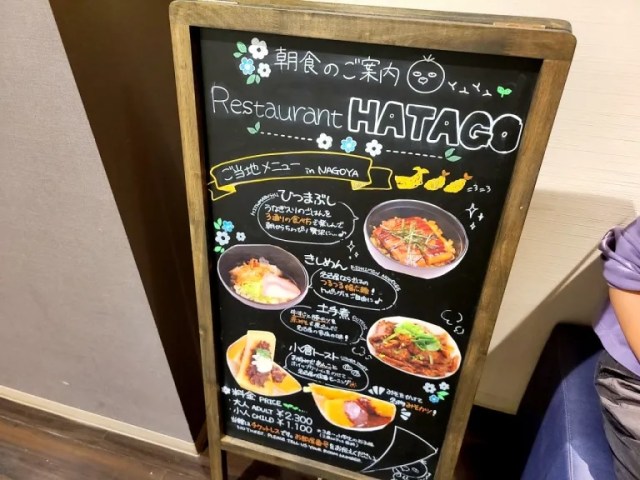
Often-overlooked Nagoya is one of Japan’s best towns to eat in, and this affordable hotel lets you dig in to multiple local specialties first thing in the morning.
Nagoya has gotten sort of a bad rap in recent years in terms of how attractive it is to visitors. Not that there’s anything wrong with Nagoya, which is the capital city of Aichi Prefecture and has a cool castle and good access to excursions to the nearby Hida and Kiso regions. It just doesn’t have the sheer number of modern attractions and nightlife that Tokyo and Osaka boast, or as many historical sights as Kyoto and Nara.
But you know what Nagoya can boast about? Amazing food. A lot of Japanese cities have just one or two dishes they’re famous for, but Nagoya has several. This actually makes for a bit of a problem, since it can be hard to fit space in your schedule, or stomach, to try them all during your stay. So imagine our joy when we found a hotel in Nagoya that’s affordable, has a great location, and offers an amazing breakfast buffet where you can start your day with a whole bunch of the dishes Nagoya is known for!
If the combination of “affordable hotel” and “great breakfast” had you thinking of the Dormy Inn chain, your hunch is correct. Dormy Inn is classified as what Japan calls a “business hotel,” a hotel with modest amenities to keep prices down for short-term business travelers. Among business hotels, though, Dormy Inn is beloved for its little touches of modest luxury, like surprisingly nice Japanese baths and great breakfasts. At the Dormy Inn Premium Sakae, though, located just five minutes from Sakae Station in downtown Nagoya’s Sakae entertainment district, the breakfast buffet is on a higher level still.
Breakfast is served in the hotel’s restaurant, called Hatago. As soon as we entered, we spotted our first Nagoya delicacy: kishimen.
Kishimen is a local Nagoya variant of udon, but instead of the round noodles used for udon, Kishimen’s are broad and flat. They’re served in a soy broth, and the buffet staff add katsuobushi (bonito flakes), negi (green onion), and kamaboko (fish sausage) to the bowl for you, and you can spruce it up yourself further with toppings like fried tofu and seaweed.
Nagoya is also famous for a few different types of fried food.
Waiting for us in the buffet lineup were a tray of pork cutlets for miso katsu, the Nagoya version of tonkatsu that uses a special thick, rich miso sauce. Next to the cutlets were fried shrimp, another Nagoya specialty, which we placed on our plate and then covered with sauce.
For those with adventurous palates, there was also a pot of doteni (どて煮), a stew of pork offals simmered in miso broth…
…and a station preparing hitsumabushi, Nagoya’s version of unagi (freshwater eel) over rice. Connoisseurs enjoy hitsumabushi in no less than three different ways during a meal, eating part of the unagi as-is, then adding condiments like wasabi or green onion, and, finally, pouring green tea or dashi (bonito stock) broth over the eel and rice.
Once we’d made a pass through the buffet, our tray was crowded with dishes, and we were more than ready to dig in!
We started with the kishimen.
The unique shape of the noodles gives them an enticing smooth, slippery texture. The flavor was excellent too, with the seaweed and fried tofu both soaking up plenty of the tasty broth.
Out of all the foods Nagoya is famous for, miso katsu is arguably the one it’s most famous for, and taking a bite instantly reminded us why. The miso is flavorful without being harsh, and while we’re not going to make a habit out of eating fried food first thing in the morning, we were very glad to have the opportunity to do so this day.
Having spotted soft-boiled eggs in the buffet, we added one to our doteni. The combination was great, with the unexpected downside of making us think it’d be even better paired with a beer, which it was still too early in the day for.
And that brought us to the finale: the hitsumabushi.
Dormy Inn thoughtfully puts two slices of unagi in each bowl, to facilitate eating it in the different Nagoya styles. The sauce that it comes already treated with has a delicious mix of sweet and salty notes, and even the rice gets flavored by the drippings.
For the flavor changeup, we sprinkled on some sansho (Japanese pepper), which has a touch of elegant bitterness and a sharp aroma. Then, after we’d eaten half of our eel, we poured on the dashi broth.
How was it? So good that…
…we then went back to the buffet line and got a second serving of hitsumabushi.
As mentioned above, Dormy Inn is a “business hotel,” so it’s on the less expensive side of accommodations in Japan. However, as its name implies, the Dormy Inn Premium Sakae is a little pricier than its non-premium counterparts, and at 2,300 yen (US$15), its breakfast buffet is more expensive than most business hotels’ morning meal plans. That said, some of the things in the buffet, like hitsumabushi and miso katsu, are usually too pricy to be part of breakfast buffet fare. Having an all-you-can-eat supply of them for breakfast makes 2,300 yen feel like a very good deal, especially when they taste so good that there’s a pretty good chance you’ll stuff yourself and won’t need to eat a very big lunch later that day.
Hotel information
Dormy Inn Premium Nagoya Sakae / ドーミーインPREMIUM名古屋栄
Address: Aichi-ken, Nagoya-shi, Naka-ku, Nishiki 2-20-1
愛知県名古屋市中区錦2丁目20−1
Website
Photos © SoraNews24
● Want to hear about SoraNews24’s latest articles as soon as they’re published? Follow us on Facebook and Twitter!
[ Read in Japanese ]

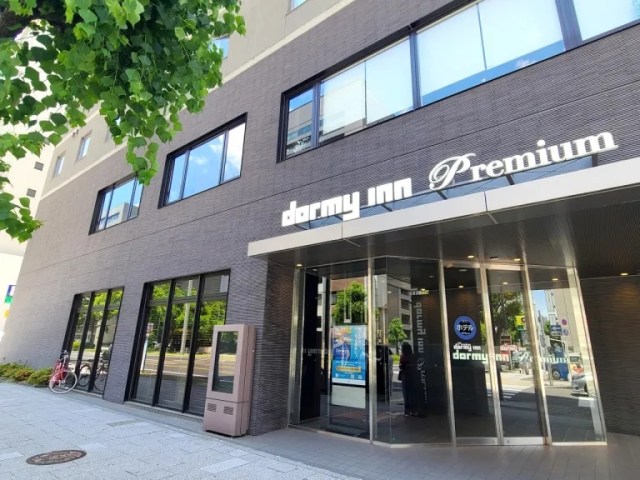
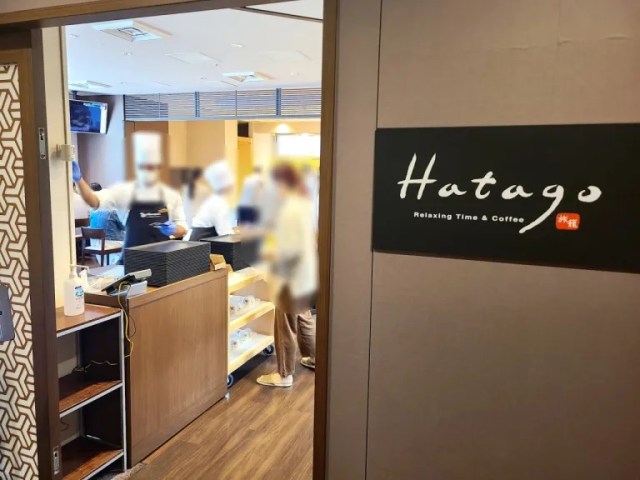
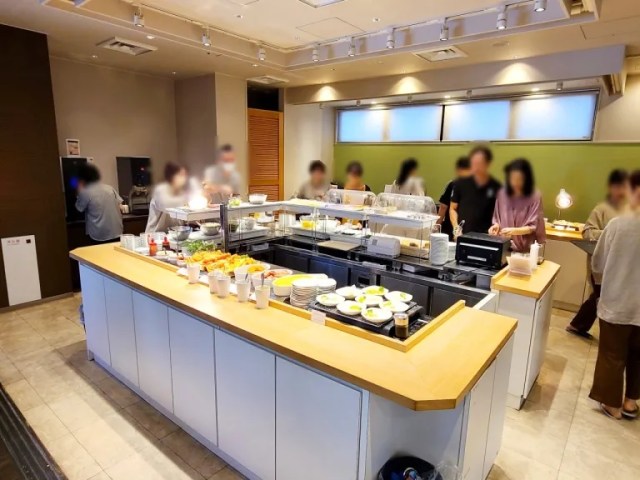
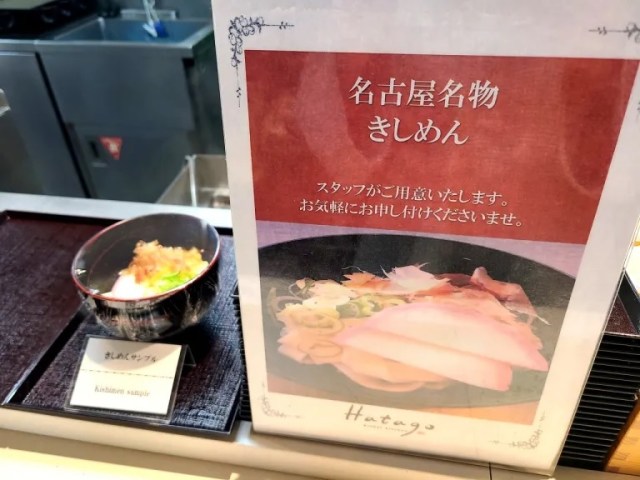
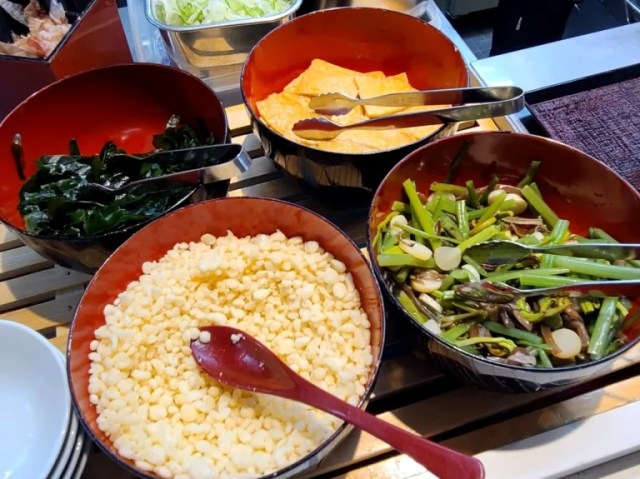
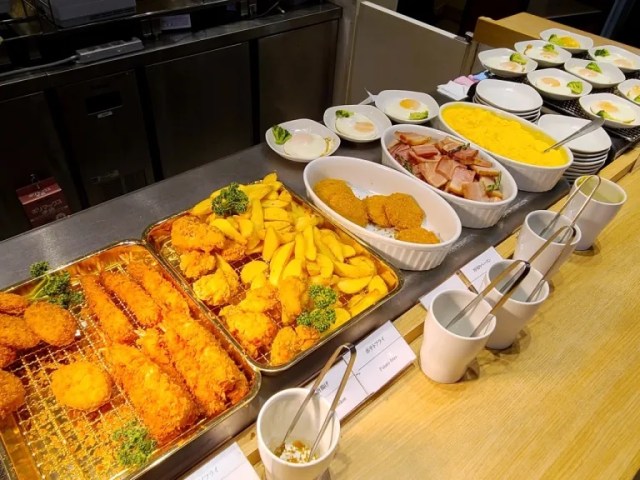
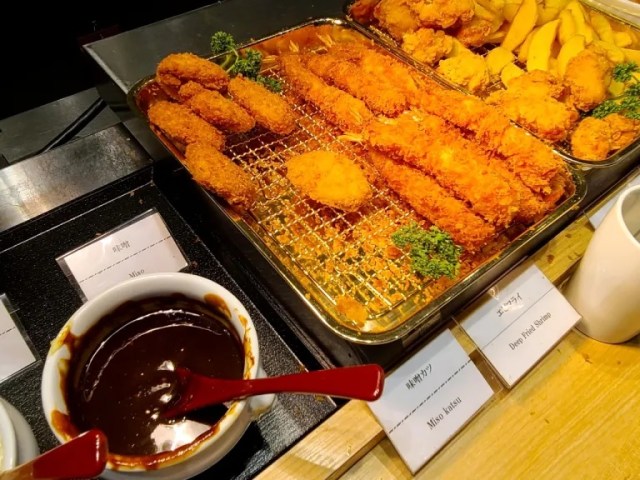
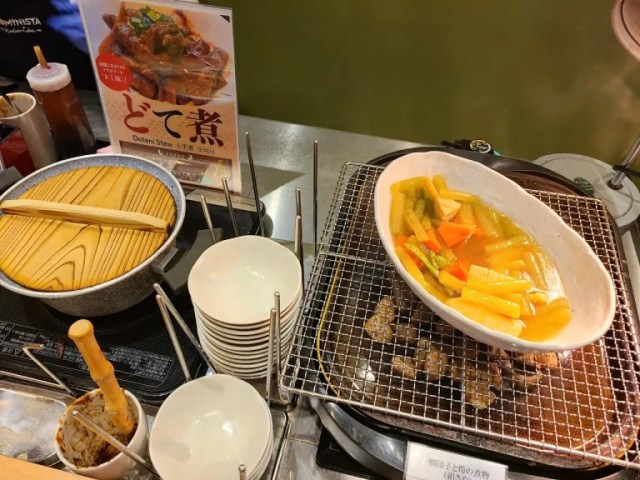
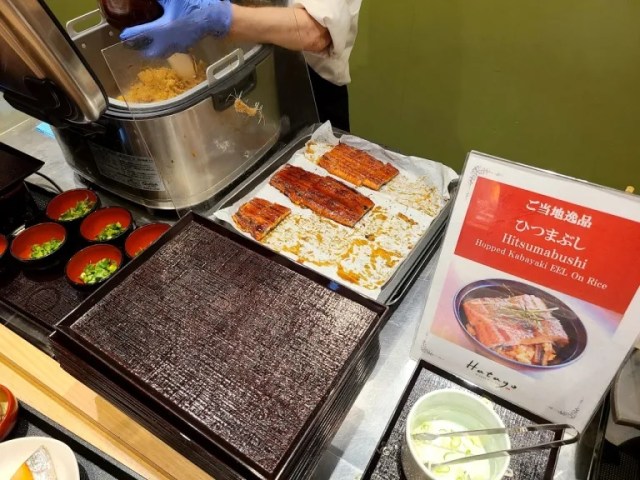
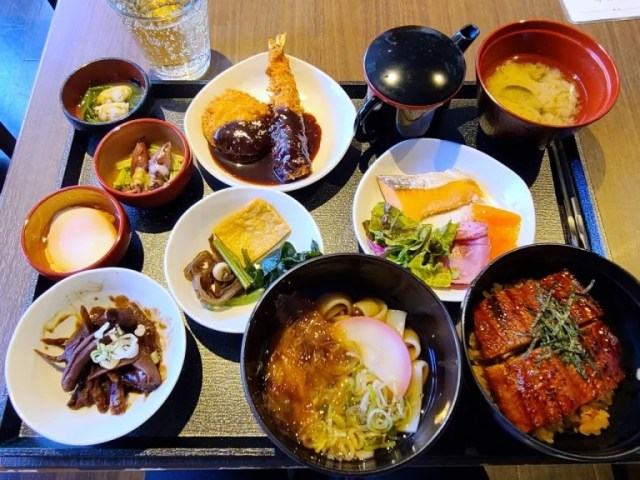
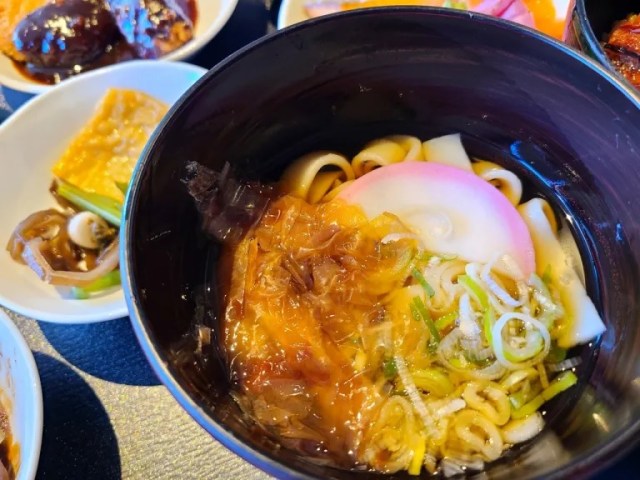
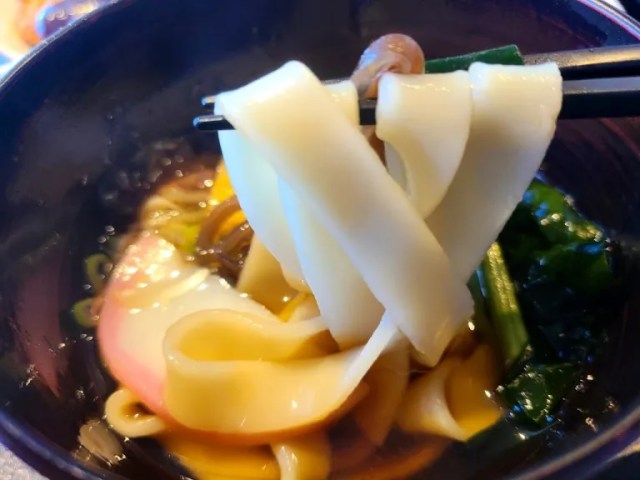
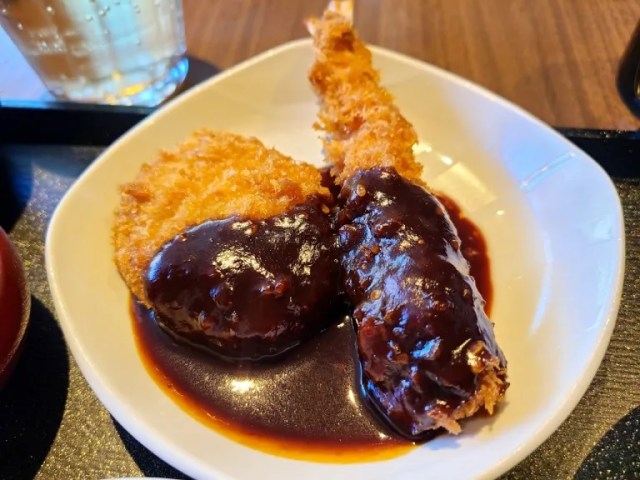
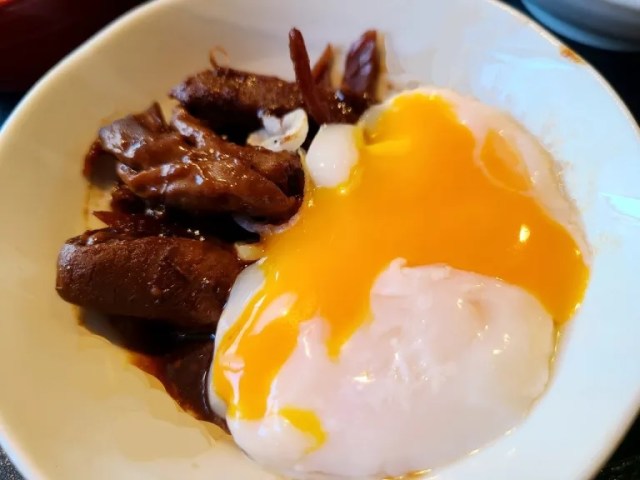
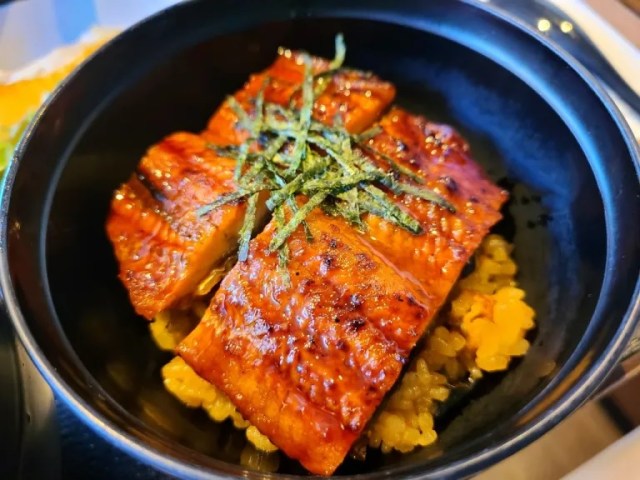
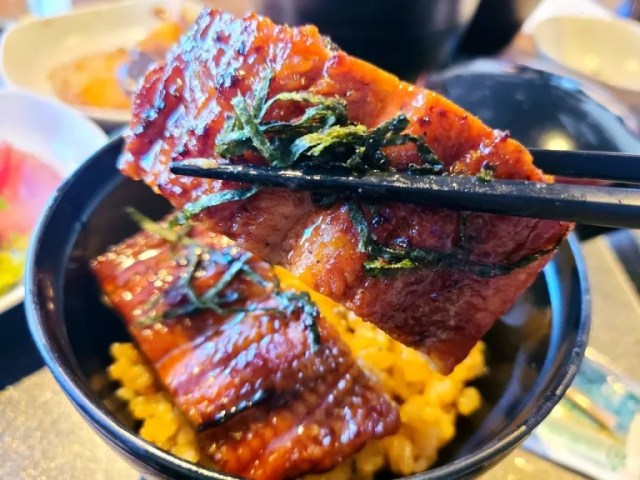
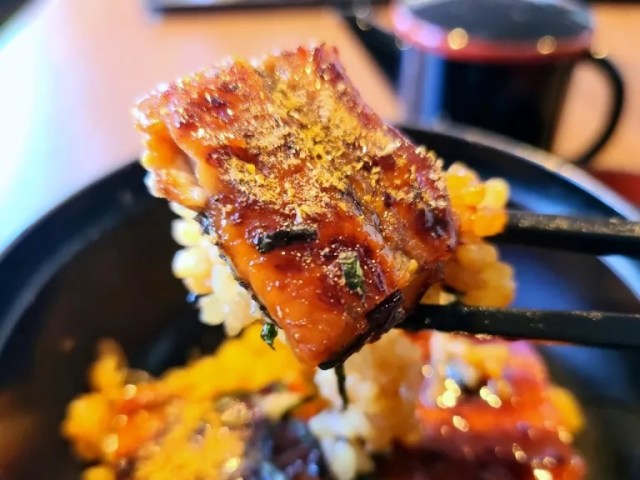
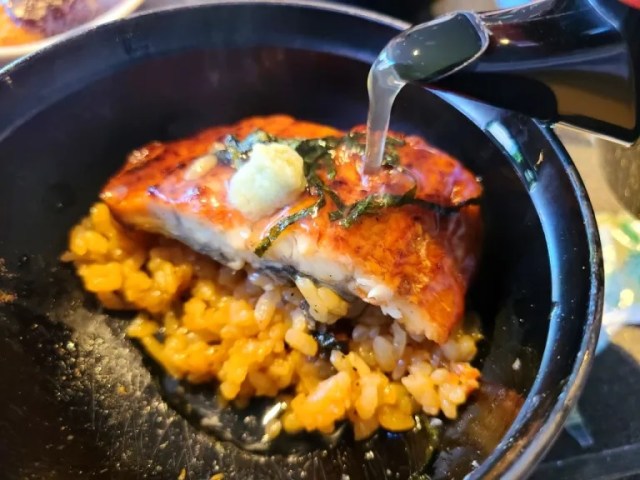
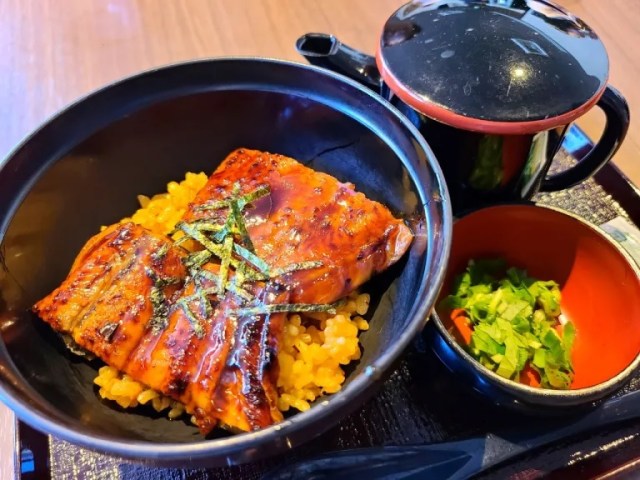
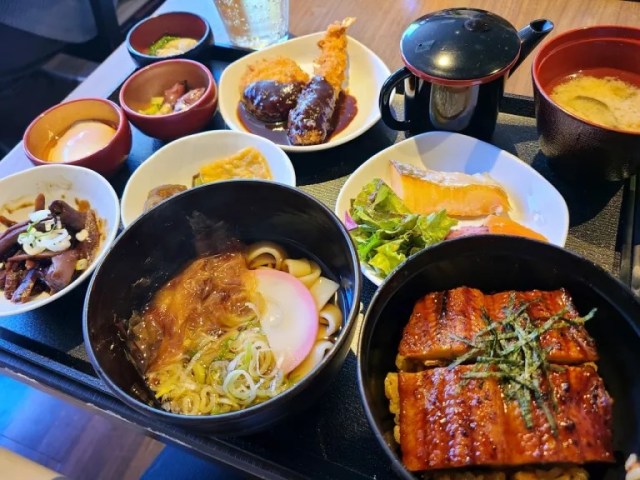
 This budget hotel near Tokyo Dome has one of the best breakfast buffets in the city
This budget hotel near Tokyo Dome has one of the best breakfast buffets in the city This just might be the best affordable hotel breakfast buffet in all of Japan【Photos】
This just might be the best affordable hotel breakfast buffet in all of Japan【Photos】 Awesome tempura soba noodle breakfast makes this Tokyo hotel near Akihabara a budget travel hero
Awesome tempura soba noodle breakfast makes this Tokyo hotel near Akihabara a budget travel hero Japanese-style accommodation at the new Premium Dormy Inn hotel in Asakusa will blow your mind
Japanese-style accommodation at the new Premium Dormy Inn hotel in Asakusa will blow your mind Is this Japan’s best hotel breakfast buffet? With unlimited beer and steak, it’s hard to say no
Is this Japan’s best hotel breakfast buffet? With unlimited beer and steak, it’s hard to say no 10 times to avoid traveling in Japan in 2026
10 times to avoid traveling in Japan in 2026 Bamboo trees vandalized near Kyoto’s Fushimi Inari shrine, foreign graffiti prevalent
Bamboo trees vandalized near Kyoto’s Fushimi Inari shrine, foreign graffiti prevalent Here’s what our bachelor writers ate over the New Year’s holiday in Japan
Here’s what our bachelor writers ate over the New Year’s holiday in Japan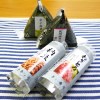 The madness ends now: How to conqueror impossible-to-open Japanese convenience store snacks
The madness ends now: How to conqueror impossible-to-open Japanese convenience store snacks 7-Eleven Japan has a hack for creating insanely delicious potato chip rice meals
7-Eleven Japan has a hack for creating insanely delicious potato chip rice meals Nearly one in ten young adults living in Japan isn’t ethnically Japanese, statistics show
Nearly one in ten young adults living in Japan isn’t ethnically Japanese, statistics show Pizza Hut Japan’s hot lucky bags are perfect for a New Year’s pizza party
Pizza Hut Japan’s hot lucky bags are perfect for a New Year’s pizza party Gyoza Cider: Possibly the worst drink we’ve ever tasted
Gyoza Cider: Possibly the worst drink we’ve ever tasted Landlocked Japanese prefecture creates a new kind of fish, so how does it taste as sashimi?
Landlocked Japanese prefecture creates a new kind of fish, so how does it taste as sashimi? Starbucks Japan’s new sakura collection arrives in stores for hanami season 2024
Starbucks Japan’s new sakura collection arrives in stores for hanami season 2024 Japanese beef bowl chain Sukiya’s 2026 Smile Box lucky bag basically pays for itself
Japanese beef bowl chain Sukiya’s 2026 Smile Box lucky bag basically pays for itself Ramen restaurant’s English menu prices are nearly double its Japanese ones, denies discriminating
Ramen restaurant’s English menu prices are nearly double its Japanese ones, denies discriminating Our 52-year-old pole dancing reporter shares his tips for achieving your New Year’s exercise goal
Our 52-year-old pole dancing reporter shares his tips for achieving your New Year’s exercise goal Top Japanese cosplayer Enako returns to Comiket after 6 years, creates mayhem with admirers
Top Japanese cosplayer Enako returns to Comiket after 6 years, creates mayhem with admirers Cup Noodle tries an authentic Jiro-style ramen, but something’s not quite right
Cup Noodle tries an authentic Jiro-style ramen, but something’s not quite right Hayao Miyazaki says Happy New Year to Studio Ghibli fans with new art for Year of the Horse
Hayao Miyazaki says Happy New Year to Studio Ghibli fans with new art for Year of the Horse Starbucks Japan ready to get Year of the Horse started with adorable drinkware and plushies【Pics】
Starbucks Japan ready to get Year of the Horse started with adorable drinkware and plushies【Pics】 Umamusume anime girl plushie recalled for having parts she absolutely should not have【Pics】
Umamusume anime girl plushie recalled for having parts she absolutely should not have【Pics】 We ate sushi made from Japan’s most expensive tuna ever【Taste test】
We ate sushi made from Japan’s most expensive tuna ever【Taste test】 7-Eleven Japan starts new temporary luggage storage service in over 300 branches
7-Eleven Japan starts new temporary luggage storage service in over 300 branches Disillusionment at Tsukiji’s tourist-target prices led us to a great ramen restaurant in Tokyo
Disillusionment at Tsukiji’s tourist-target prices led us to a great ramen restaurant in Tokyo Starbucks teams up with 166-year-old Kyoto doll maker for Year of the Horse decorations【Photos】
Starbucks teams up with 166-year-old Kyoto doll maker for Year of the Horse decorations【Photos】 Tokyo’s Tsukiji sushi neighborhood asks tour groups to stay away for the rest of the month
Tokyo’s Tsukiji sushi neighborhood asks tour groups to stay away for the rest of the month Japan may add Japanese language proficiency, lifestyle classes to permanent foreign resident requirements
Japan may add Japanese language proficiency, lifestyle classes to permanent foreign resident requirements Lacquerware supplier to emperor of Japan and Pokémon team up for new tableware
Lacquerware supplier to emperor of Japan and Pokémon team up for new tableware Starbucks Japan releases new zodiac chilled cup drink for 2026
Starbucks Japan releases new zodiac chilled cup drink for 2026 Tokyo considering law requiring more trash cans following litter increase in heavily touristed area
Tokyo considering law requiring more trash cans following litter increase in heavily touristed area Survey asks foreign tourists what bothered them in Japan, more than half gave same answer
Survey asks foreign tourists what bothered them in Japan, more than half gave same answer Japan’s human washing machines will go on sale to general public, demos to be held in Tokyo
Japan’s human washing machines will go on sale to general public, demos to be held in Tokyo We deeply regret going into this tunnel on our walk in the mountains of Japan
We deeply regret going into this tunnel on our walk in the mountains of Japan Studio Ghibli releases Kodama forest spirits from Princess Mononoke to light up your home
Studio Ghibli releases Kodama forest spirits from Princess Mononoke to light up your home Major Japanese hotel chain says reservations via overseas booking sites may not be valid
Major Japanese hotel chain says reservations via overseas booking sites may not be valid Put sesame oil in your coffee? Japanese maker says it’s the best way to start your day【Taste test】
Put sesame oil in your coffee? Japanese maker says it’s the best way to start your day【Taste test】 No more using real katana for tourism activities, Japan’s National Police Agency says
No more using real katana for tourism activities, Japan’s National Police Agency says Starbucks Japan reveals new sakura drinkware collection, inspired by evening cherry blossoms
Starbucks Japan reveals new sakura drinkware collection, inspired by evening cherry blossoms Updated cherry blossom forecast shows extra-long sakura season for Japan this year
Updated cherry blossom forecast shows extra-long sakura season for Japan this year Human washing machine pods coming to Japanese hotels【Photos】
Human washing machine pods coming to Japanese hotels【Photos】 With sushi breakfasts and hot spring baths, this Tokyo hotel could really use a different name
With sushi breakfasts and hot spring baths, this Tokyo hotel could really use a different name Does this Dormy Inn near Mt. Fuji offer the best business hotel breakfast in all of Japan?
Does this Dormy Inn near Mt. Fuji offer the best business hotel breakfast in all of Japan? Japan’s top 10 hotel breakfasts 2016: Kobe hotel tops the list once again!
Japan’s top 10 hotel breakfasts 2016: Kobe hotel tops the list once again! Ginza hotel serves up one of the best breakfasts in Tokyo
Ginza hotel serves up one of the best breakfasts in Tokyo Japan travel tip: Skip Nagoya hotel breakfast, hit up one of the town’s awesome morning buffets
Japan travel tip: Skip Nagoya hotel breakfast, hit up one of the town’s awesome morning buffets We eat at an Ishigaki Island hotel breakfast buffet that has incredible value for the money
We eat at an Ishigaki Island hotel breakfast buffet that has incredible value for the money Japan’s best-amenity budget hotel chain gets extra-affordable with “Global Cabin” rooms
Japan’s best-amenity budget hotel chain gets extra-affordable with “Global Cabin” rooms We try Japan’s top-ranked hotel breakfast for ourselves, find out if it’s worth the trip to Kobe
We try Japan’s top-ranked hotel breakfast for ourselves, find out if it’s worth the trip to Kobe Osaka hotel has amazing all-you-can-eat takoyaki and kushikatsu breakfast buffet
Osaka hotel has amazing all-you-can-eat takoyaki and kushikatsu breakfast buffet We eat a luxurious Japanese-style buffet breakfast in a restaurant full of wood-carved bears
We eat a luxurious Japanese-style buffet breakfast in a restaurant full of wood-carved bears Made-to-order onigiri rice ball hotel breakfast buffet in Tokyo is open (and awesome) to all
Made-to-order onigiri rice ball hotel breakfast buffet in Tokyo is open (and awesome) to all
Leave a Reply